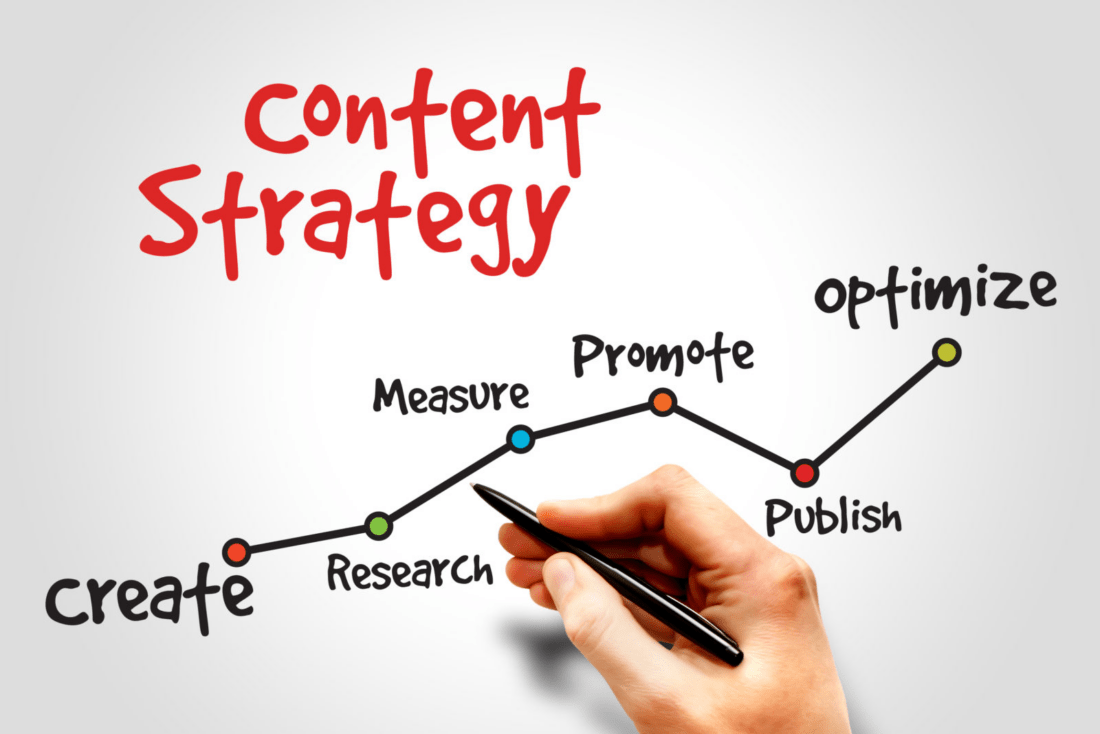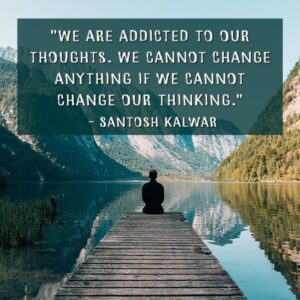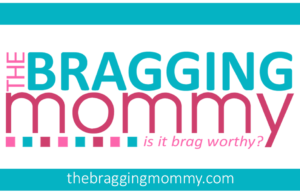Business content obtains greater appeal through visual additions that go beyond their appearance. Through visual materials, businesses can draw immediate attention and deliver their messages swiftly, creating enduring effects. A perfectly created visual approach remains essential because it boosts audience engagement, improves understanding, and develops trust relationships. Right visualization choices for content strategy material determine success or failure across social media sharing and website visual layout.

How Visuals Influence Consumer Perception and Decision-Making
The human brain maintains a natural ability to digest images faster than processed words. According to research studies, the brain interprets pictures at a rate 60,000 times quicker than it handles written words. The brain facilitates visual communication at such rapid speeds, making images an overwhelmingly strong tool for influencing consumer beliefs. A perfectly designed image serves two purposes: quick emotional communication and immediate audience attraction before leading users toward making decisions. For instance, if your content features high-quality, relevant visuals, like the image of May in a spring-themed marketing campaign, it can trigger feelings of freshness and trust. Evaluations prove that articles featuring visuals receive 94 percent more audience views than those limited to textual content, thus displaying the fundamental nature of visuals for consumer involvement and purchasing actions.
Visual Elements in Business Content
Multiple visual elements exist for business content usage with specific functions that distinguish each one from another. These include:
- Different static imagery used in business content includes images, infographics, charts, and graphs to display information.
- Videos, along with animations, serve to deliver intricate messages while increasing audience participation through deep engagement.
- Using clickable images with interactive infographics enables users to engage actively with content material.
Your business content requires a successful visual selection. For example, the image of May might be perfect for social media posts celebrating spring, but an interactive graphic could work better for a detailed product explanation on your website. All these visual types function separately to enhance content engagement.
Visual Consistency: Building a Strong Brand Identity
Brand recognition needs a consistent foundation to succeed. A brand establishes a recognizable identity by duplicating its visual components through all its platforms, including color schemes, fonts, and logo placement. Your brand recognition will be unmistakable because customers always identify your brand wherever they find it. For instance, when using the image of May in a seasonal campaign, ensuring the same image style and color palette is maintained across email marketing, social media, and website content strengthens your brand’s identity. Business growth depends heavily on the development of familiar and trustworthy visual elements.
The Impact of High-Quality Images on Brand Trust
Quality visual content is a primary factor in developing brand trust between customers and businesses. Customers perceive images with excellent composition to signal professional operation and organizational trustworthiness. Poor-quality images alongside inconsistent image quality and appearance can cause doubts in customers, leading to questions about brand reliability. Your brand receives trustworthiness and professionalism through trained professionals or expertly designed visual content. This is particularly important when using visuals like the image of May in your marketing efforts. An attractive, high-quality photo representing the season will establish professional reliability, which builds trust among potential customers.
Adding Visuals to Your Content Strategy
Visual content implementation within your strategy does not only mean you should choose aesthetically pleasing pictures. The proper connection of visuals exists when media elements match your message content and audience profile. Visuals that trigger emotional responses to inspire action can be highly effective according to your goal objectives. In a campaign like the image of May, you should focus on visuals that evoke renewal and freshness, encouraging customers to participate in a seasonal sale. Properly chosen visuals in your content will improve message delivery and drive your desired result.
Visual SEO: Optimizing Images for Search Engines
Image optimization remains an essential procedure that lets visual content boost search engine rankings when done properly. Images remain invisible to search engines until they receive text labels through descriptive filenames and alt text and captions, which act to make your visuals discoverable. Replacing generic filenames like “image123.jpg” will be more effective when you choose descriptive filenames such as “spring-sale-may.jpg.” Your image becomes searchable through relevant queries, directing organic website visitors to your site. Keeping image quality while compressing them helps your website perform better while improving SEO position standards.
Engaging Audiences Through Interactive and User-Generated Visuals
Interactive visuals, in combination with user-generated content, create one-of-a-kind methods to establish audience engagement. User-initiated content features such as quizzes, polls, and clickable images help audience members become more deeply invested in your content material. Your brand receives valuable authenticity through the integration of UGC, which includes customer-generated photos and videos of your products. Visual content featuring product users can establish brand trust because customers have concrete evidence that real customers utilize the products. Suppose you feature the image of May in a spring contest or challenge, encouraging users to share their spring-themed images. In that case, you create an opportunity for greater engagement and brand exposure.
Measuring Visual Impact in Content Strategy
Measuring your visuals’ effectiveness will help you know how effective your visuals are. The other few include engagement, click-through rates (CTR), conversion, and time spent on the page. With tools like Google Analytics or insights from any social media, you would know if your visuals are working. For example, if you’re using the image of May in a spring campaign, tracking the performance of posts with that visual can show how it impacts audience engagement and conversions. It will help you decide the content strategy and visualization that would give you the best impact on your viewers.
Conclusion
Powerful visuals are especially powerful when creating a compelling business content strategy. The first two facilitate engagement; the third influences consumers’ decisions. High-quality, consistent visuals will help you make the most of them and be in line with your overall message. You can use this by making your visuals SEO-friendly and determining their performance. Whether through images like the image of May for seasonal marketing or interactive content, using visuals effectively is essential for creating a successful business content strategy that drives results.



